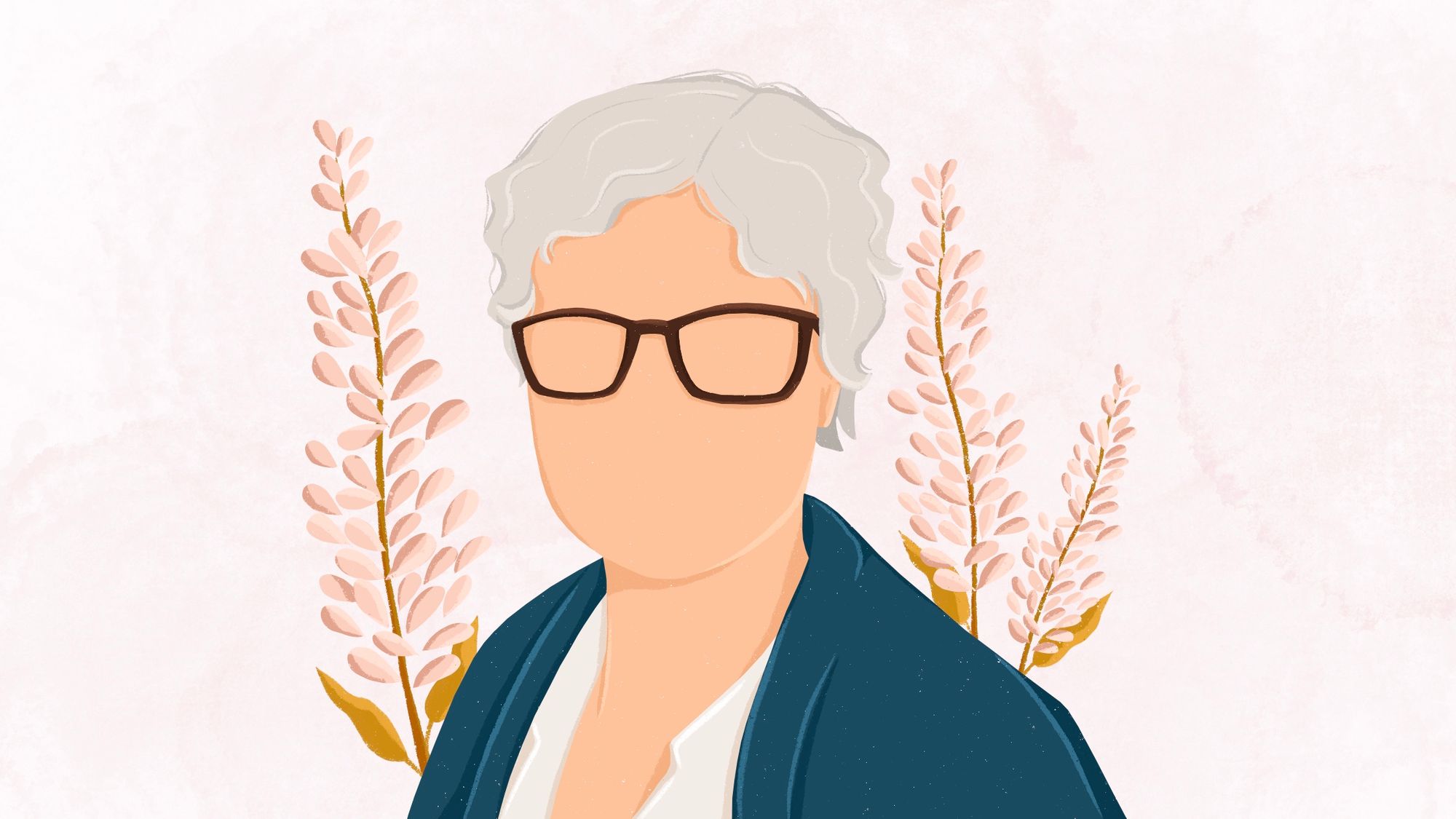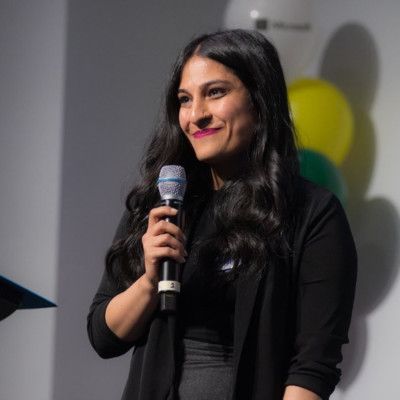What Julie McIntyre Learned About Death During Her Time as a Physician

Anita Chauhan
The end-of-life space has been shrouded in mystery, mainly since we simply do not talk about it. That's why we at Eirene have started the "Intimate Conversations on Death" series.
In this feature, we spend time chatting with people in the end-of-life space to learn about new perspectives and offer new ways of navigating and discussing death.
In this latest instalment, Julie McIntyre walks us through her journey from physician to end-of-life consultant, and shares the importance of accepting death as the final common pathway for all life.
Can you share your journey to end-of-life consulting with us? How did you go from being a physician to working in the end-of-life space?
I had a Family Practice in mid-town Toronto for 30 years with a high percentage of seniors. When I retired in January 2015 to have more time for other interests and commitments, I considered a part-time career in palliative care, something I’ve always had an interest in. But I soon realized that would be like jumping from the frying pan into the fire. I felt badly that I hadn’t been able to discuss advance care planning (ACP) with many of my patients since acute situations seemed to take up all the time we had together. I considered trying to focus on this aspect of palliative care as a part-time retirement occupation and began soliciting opinions from several palliative care physicians I knew from working with the Temmy Latner PC team at Mount Sinai.
I received both helpful suggestions: Take the Being with Dying course at Upaya Zen Centre, and tangible support: a complete PowerPoint presentation on ACP. I also tried to expand my knowledge base by taking the LEAP course in Palliative Care, the Being with Dying course at Upaya. the Institute of Traditional Medicine’s course on Contemplative End-of-Life care, and several other seminars and workshops on ACP and end-of-life issues.
There were a few hoops to jump through in order to get OHIP coverage (Ontario provincial health care insurance) for my work as it didn’t fit under the Palliative Care umbrella and I didn’t want to negate the income from the family physicians who would be referring to me. However, I was able to set up a part-time, house call practice that I found very satisfying. I initially started with some of my former patients, which was very meaningful, and later received referrals by word-of-mouth. I am not trying to build a large practice and would prefer to keep my own numbers of patients low, but encourage others to engage in the process with the many resources now available. Fortunately, this type of counselling is amenable to virtual care, although that’s not nearly as satisfying as in-person sessions.
During your time as a physician, were there prominent things that you felt needed to change about how we approach death?
As articulated by many other people in the field, it seems western medicine often spends too much time offering treatment to prolong life, ie quantity, vs addressing end-of-life issues that might increase quality. Death has been medicalized to such an extent that it’s difficult for people to see that it’s the final common pathway of all life and needs to be accepted as such, and, ideally, prepared for.
I would like it to become commonplace for all adults over 18 to have a preliminary advance care plan that outlines their basic values wishes and beliefs so, in the event they are not capable of making medical decisions for themselves, their Substitute Decision Maker will relatively comfortable doing so.
We also need repeated clarification of the term “Palliative Care”. Too many people still believe it means “it’s the end of the road and nothing more can be done”. Actually, Palliative Care is still an active treatment to control symptoms and maximize the quality of life for the patient and their loved ones and is not restricted to life-limiting illnesses.
There is also a great need for more hospice beds and widespread palliative care services. I believe there is a role for MAiD, but I believe many would forgo it if there was good palliative care readily available.
We've learnt that you went through the Sante Fe Zen Center Upaya training program. Can you share a little about your experience there with us?
The Being with Dying course at Upaya was a life-altering experience. Partly this is due to the beautiful natural surroundings of the landscape and the peaceful pace of life amidst the mostly silent residents. I found that when you gather 60+ people in a room who all are there to help others die as well as possible, the empathy present is almost palpable. The course material comes from many sources other than Buddhist teachings such as social sciences, neuroscience and anthropology. One of the key concepts was how to ground oneself and attune to your own and your patient’s thoughts, sensations and emotions during an end-of-life interaction. (see: G.R.A.C.E. model). I agree with the palliative Care MD who recommended I go there that it would enhance the training of anyone who wants to work in the end-of-life field. They are offering many very relevant courses virtually during the pandemic, including Being with Dying (this year’s program is April 30-May 02/21)
Through your work with local death cafes and monthly meetups, what have you learned about how people are approaching death in this day and age?
Fortunately, it seems that more and more people are willing to engage in the discussion—the advent of MAiD and the pandemic have no doubt pushed the agenda along. However, there is still a lot of reluctance and actual aversion to the discussion of the topic and general fear of death. I believe it will probably take a few generations of keeping the ball rolling in the right direction to reach the point where people again begin to accept death as a part of life and one that can make life’s purpose and beauty more valued.
If someone was interested in starting to think and plan for end-of-life, what would you suggest is the best first step to take?
Of course, I can’t just give the first step! I’ll suggest 6 first basic sequential steps:
Read
- “Being Mortal” by Atul Gawande
- “Talking About Death Won’t Kill You” by Dr. Kathy Kortes-Miller (Ph.D. in SW from Ontario)
Get
- The workbook “Modern Deathcare” to inform, organize and store your end-of-life information, or similar, but this is Ontario specific.
Check out
The website www.speakoutontario.ca for more details on ACP and links to other resources (for other provinces and territories go to www.advancecareplanning.ca)
Pick
- An appropriate Substitute Decision Maker (or 2)
Sit Down
- With your SDM(s) for one of several good talks about your values, wishes and beliefs that you’ve been considering after the exploration of steps 1-4. In Ontario, their decisions are what will be considered legal, not what you write down in any form of advance directive.







